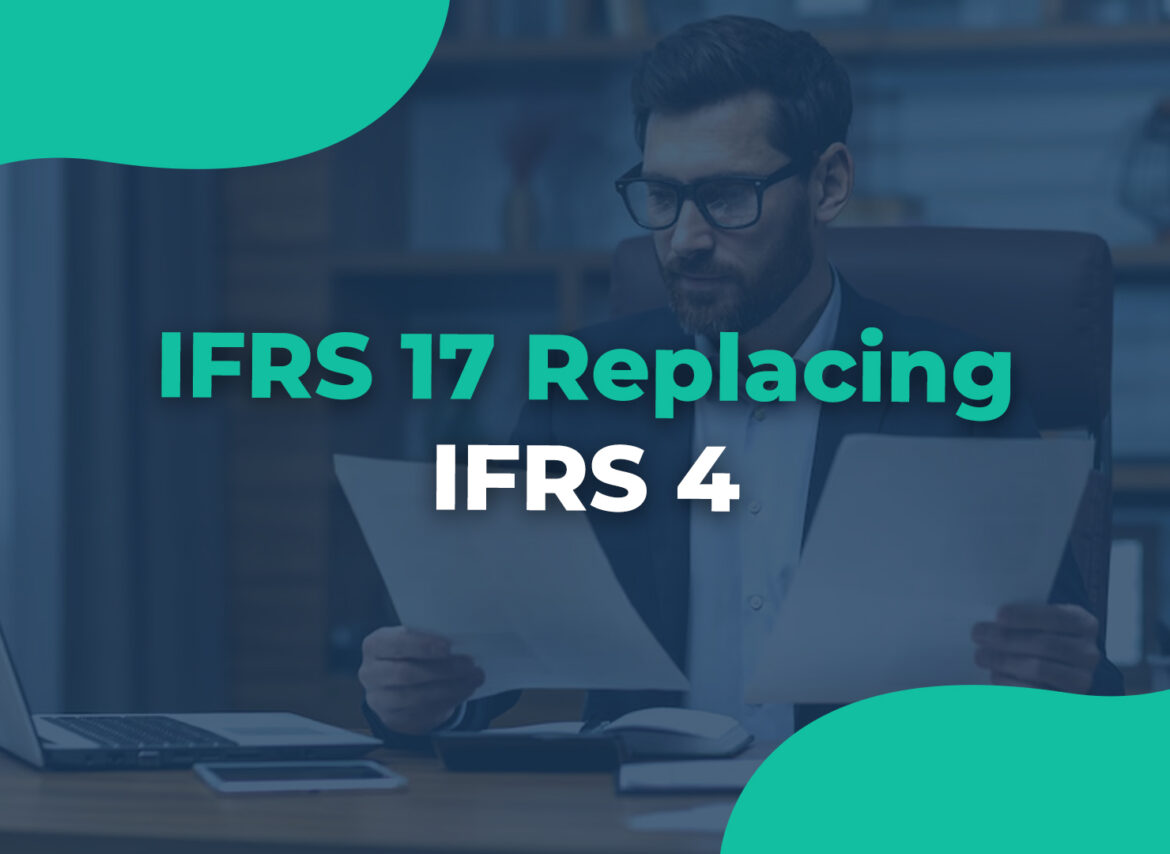Why Replace IFRS 4?
IFRS 4 was an interim standard that allowed a wide variety of accounting practices for insurance contracts, leading to inconsistency and lack of comparability in financial statements. IFRS 17 addresses these issues by introducing a comprehensive and consistent accounting framework for insurance contracts.Key Features of IFRS 17
Recognition and Measurement
IFRS 17 requires measuring insurance contracts using a current fulfillment value approach. This approach consists of:- Current Estimates: Expected present value of future cash flows.
- Discount Rates: Adjustments for the time value of money.
- Risk Adjustment: Explicit risk adjustment for non-financial risks.
- Contractual Service Margin (CSM): Represents unearned profit recognized over the coverage period.
Simplified Approach
For contracts with coverage periods of one year or less, a simplified Premium Allocation Approach (PAA) is permitted, which is easier to apply and similar to the unearned premium approach in IFRS 4.Presentation and Disclosure
IFRS 17 enhances transparency through detailed disclosures, including:- Reconciliation: Between opening and closing balances of insurance contract liabilities.
- Profitability Information: Data on the contractual service margin.
- Risk Exposure: Nature and extent of risks from insurance contracts.






